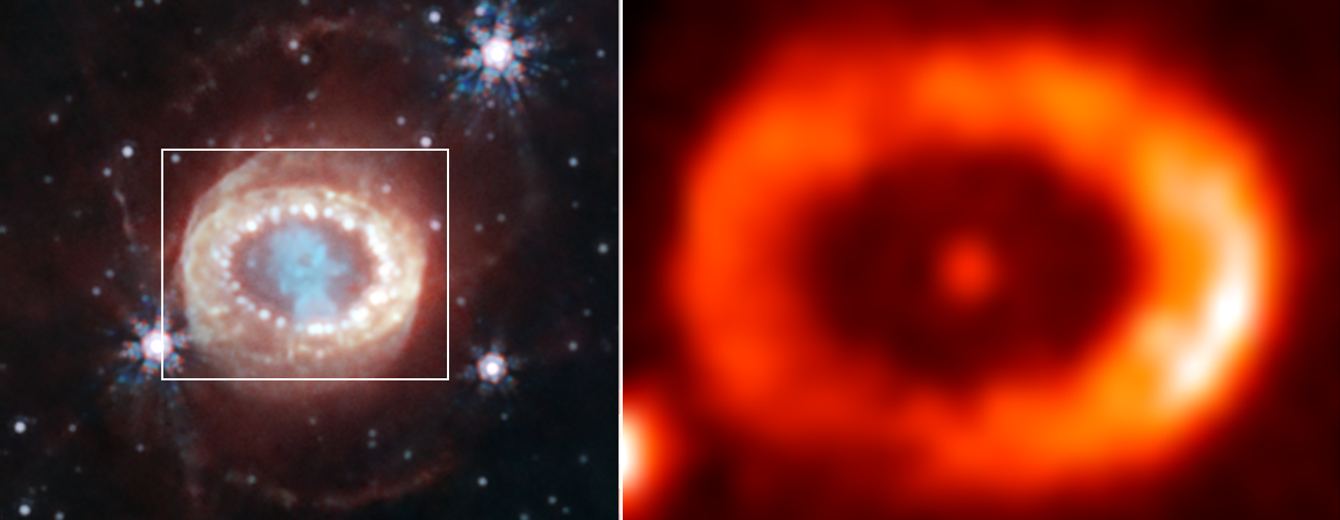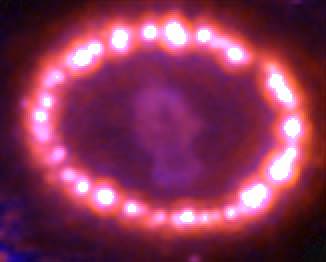I can remember seeing images of SN1987A as it developed back in 1987. It was the explosion of a star, a supernova in the Large Magellanic Cloud. Over the decades that followed, it was closely monitored in particular the expanding debris cloud. Predictions suggested there may be a neutron star or even a black hole at the core but the resolution of the telescopes was insufficient to pick anything up. Now we have the James Webb Space Telescope and using its more powerful technology, signs of a neutron star have been detected.
Continue reading “Finally! Webb Finds a Neutron Star from Supernova 1987A”Astronomers Finally Find the Neutron Star Leftover from Supernova 1987A
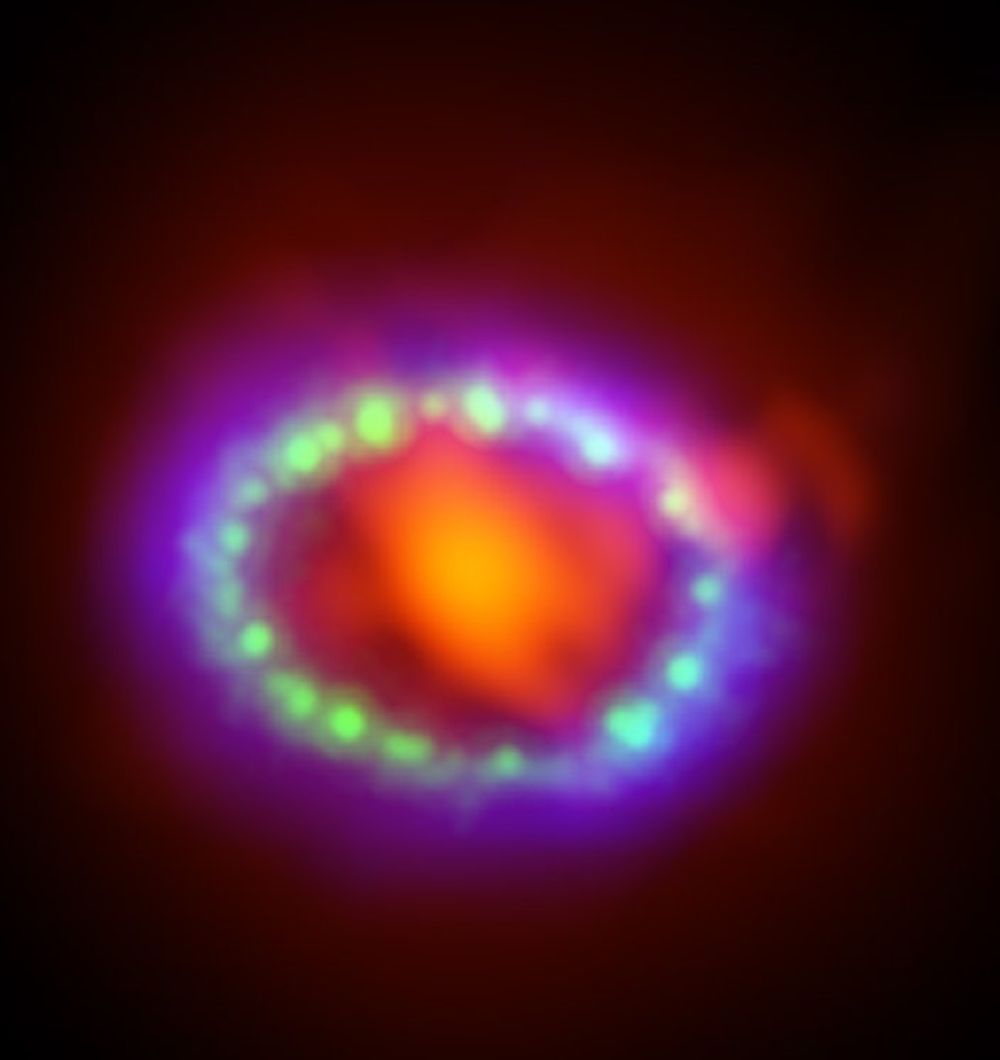
Astronomers at Cardiff University have done something nobody else has been able to do. A team, led by Dr. Phil Cigan from Cardiff University’s School of Physics and Astronomy, has found the neutron star remnant from the famous supernova SN 1987A. Their evidence ends a 30 year search for the object.
Continue reading “Astronomers Finally Find the Neutron Star Leftover from Supernova 1987A”What a Star About to Go Supernova Looks Like
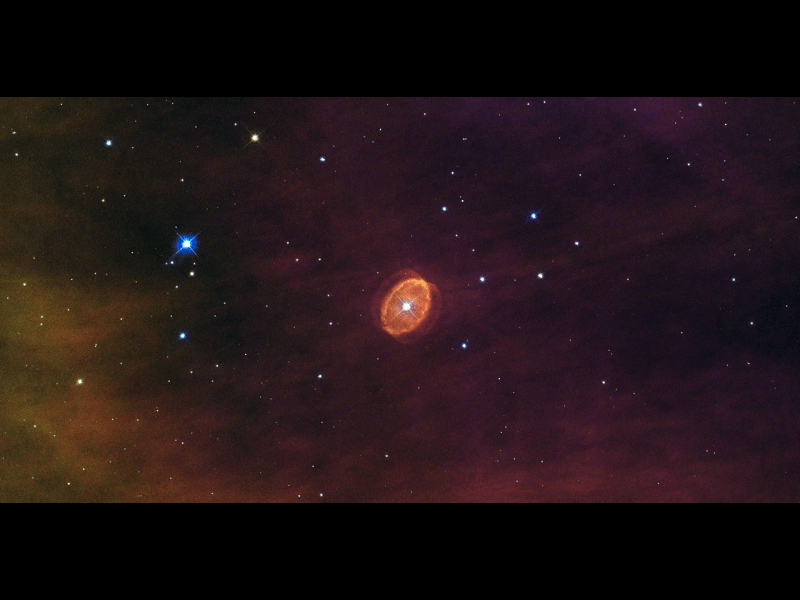
No, this isn’t a distant view of the London Eye. This nebula with a giant star at its center is known as SBW2007, located in the Carina Nebula. Astronomers say it has striking similarities to a star that went supernova back in 1987, SN 1987A. Both stars had identical rings of the same size and age, which were travelling at similar speeds; both were located in similar HII regions; and they had the same brightness. We didn’t have the telescopic firepower back before 1987 like we do now, so we don’t have a closeup view of how SN 1987A looked before it exploded, but astonomers think SBW2007 is a snapshot of SN1987a’s appearance, pre-supernova.
Of course, no one can predict when a star will go supernova, and since SBW2007 is 20,000 light-years away, we don’t have any worries about it causing any problems here on Earth. But astronomers are certainly hoping they’ll have the chance to watch it happen.
SN 1987A is the closest supernova to that we’ve been able to study since the invention of the telescope and it has provided scientists with good opportunities to study the physical processes of an exploding star.
Below is the latest image of SN 1987A, courtesy of the National Radio Astronomy Observatory. You can read about their recent findings here, where they were able to image the newly formed dust from the explosion.
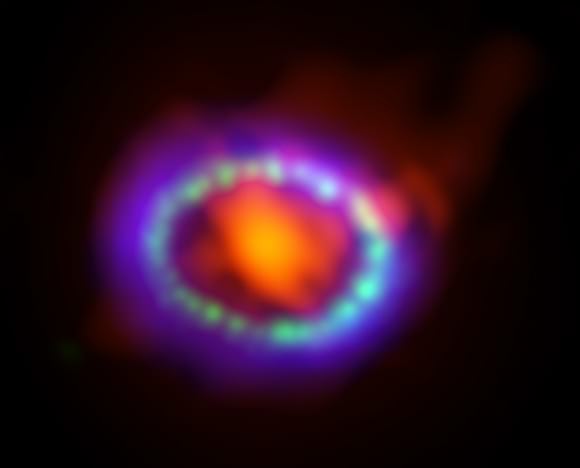
Supernova 1987A
[/caption]
The first supernova in 1987 (that’s what the “A” means) was the brightest supernova in several centuries (and the first observed since the invention of the telescope), the first (and so far only) one to be detected by its neutrino emissions, and the only one in the LMC (Large Magellanic Cloud) observed directly.
Ian Shelton, then a research assistant with the University of Toronto, working at the university’s Las Campanas station, and Oscar Duhalde, a telescope operator at Las Campanas Observatory, were the first to spot it, on the night of 23/24 February 1987 (around midnight actually); over the next 24 hours several others also independently discovered it.
The IAU’s CBAT went wild! That’s the International Astronomical Union’s Central Bureau for Astronomical Telegrams, the clearing house for astronomers for breaking news. You can read the historic IAUC (C for Circular) 4416 here.
Once the discovery of SN 1987A became known, physicists examined the records from various neutrino detectors … and found three, independent, clear signals of a burst of neutrinos several hours before visual discovery, just as predicted by astrophysical models! Champagne flowed.
Not long afterwards, the star which blew up so spectacularly – the progenitor – was identified as Sanduleak -69° 202a, a blue supergiant. This was not what was expected for a Type II supernova (the models said red supergiants), but an explanation was quickly found (Sanduleak -69° 202a had a lower-than-modelled oxygen abundance, affecting the transparency of its outer envelope).
The iconic Hubble Space Telescope image (above) of SN 1987A shows the inner ring, where the debris from the explosion is colliding with matter expelled from the progenitor about 20,000 years ago; more from the Hubble here.
AAVSO (American Association of Variable Star Observers) has a nice write-up of SN 1987A.
No wonder, then, that SN 1987A features so often in Universe Today stories; for example Supernova Shockwave Slams into Stellar Bubble, XMM-Newton’s View of Supernova 1987A, Supernova Left No Core Behind, and Hubble Sees a Ring of Pearls Around 1987 Supernova.
SN 1987A figures prominently in Astronomy Cast The Search for Neutrinos, and in Nebulae.
References:
AAVSO
University of Oregon

